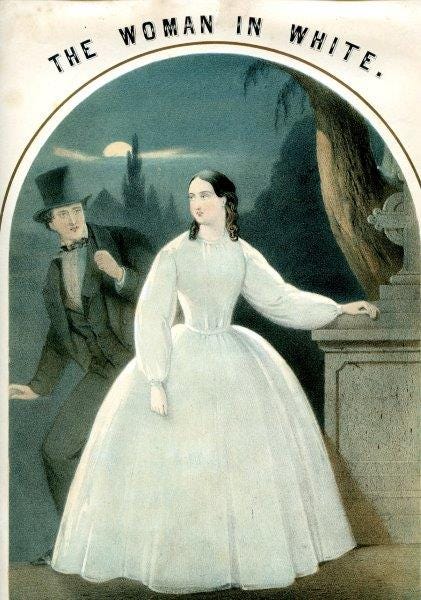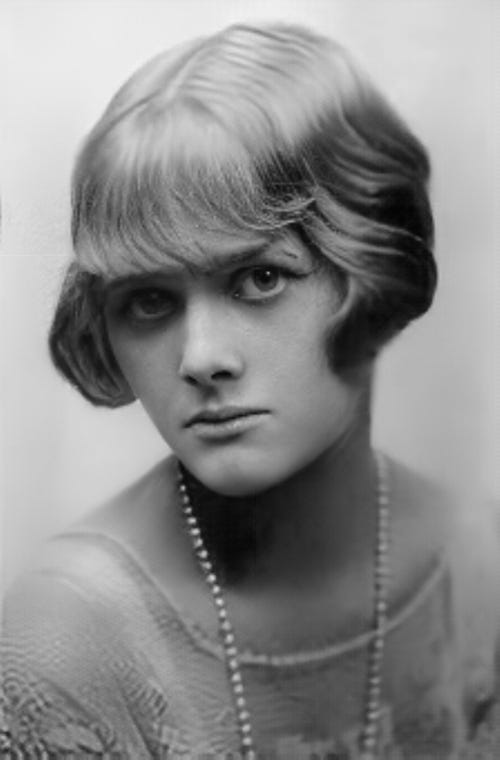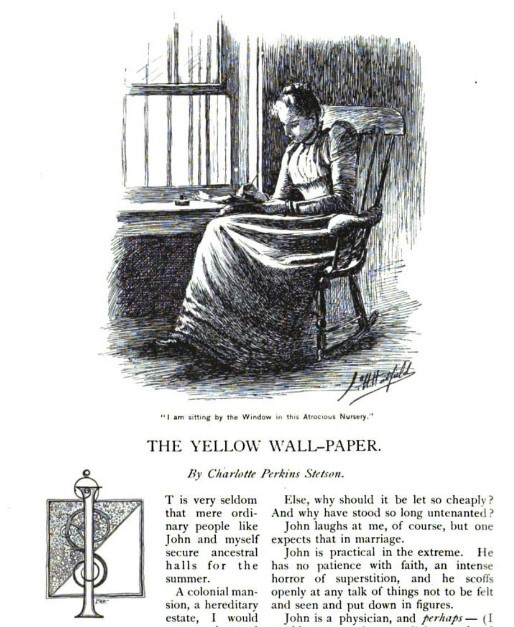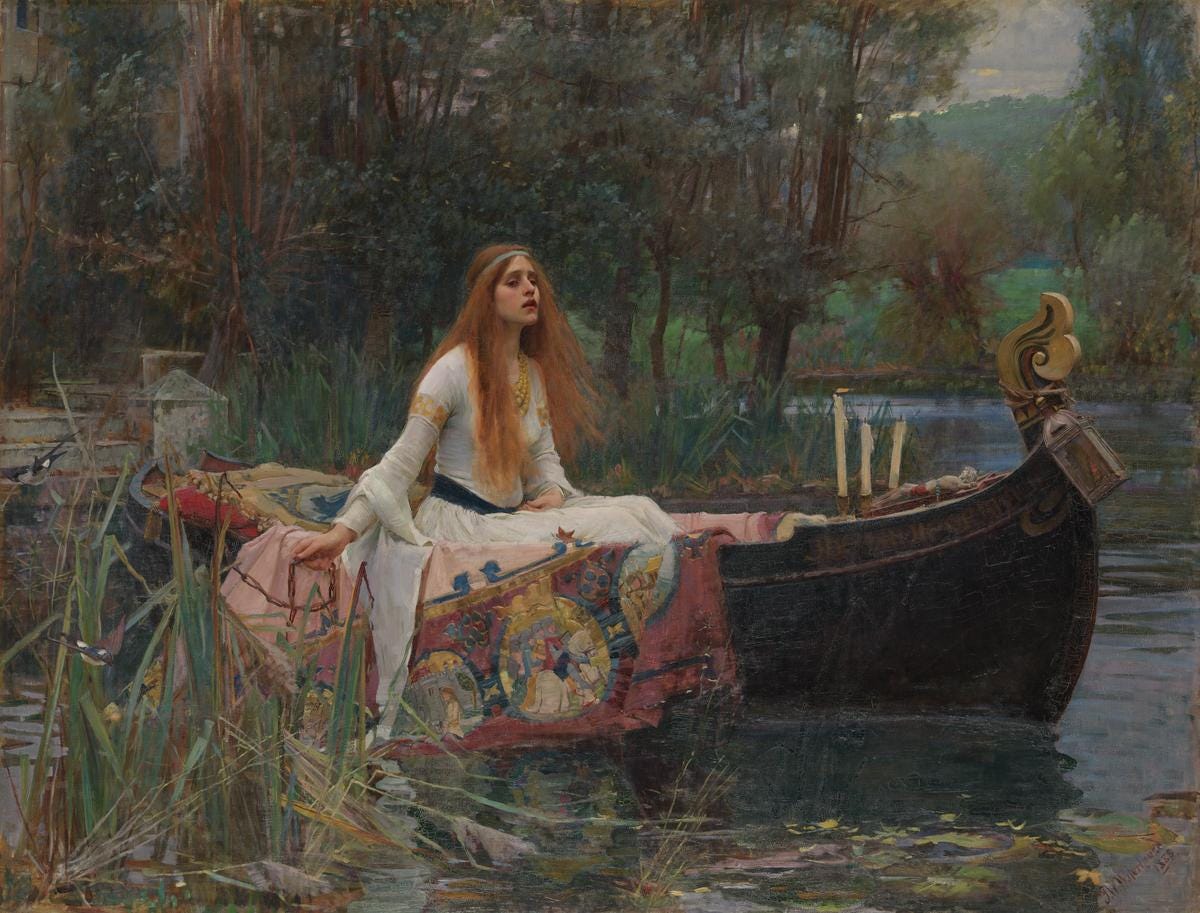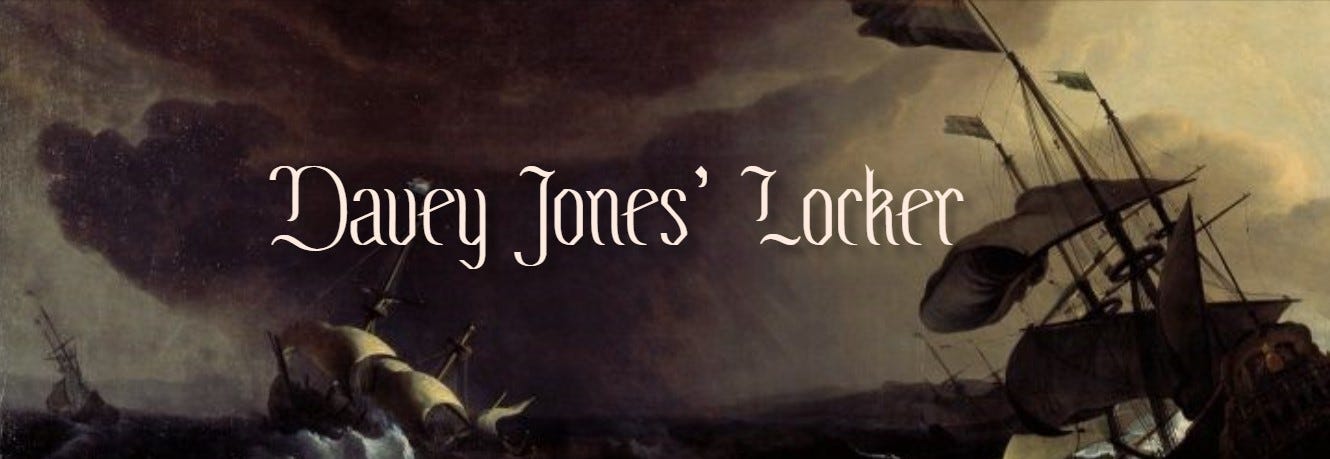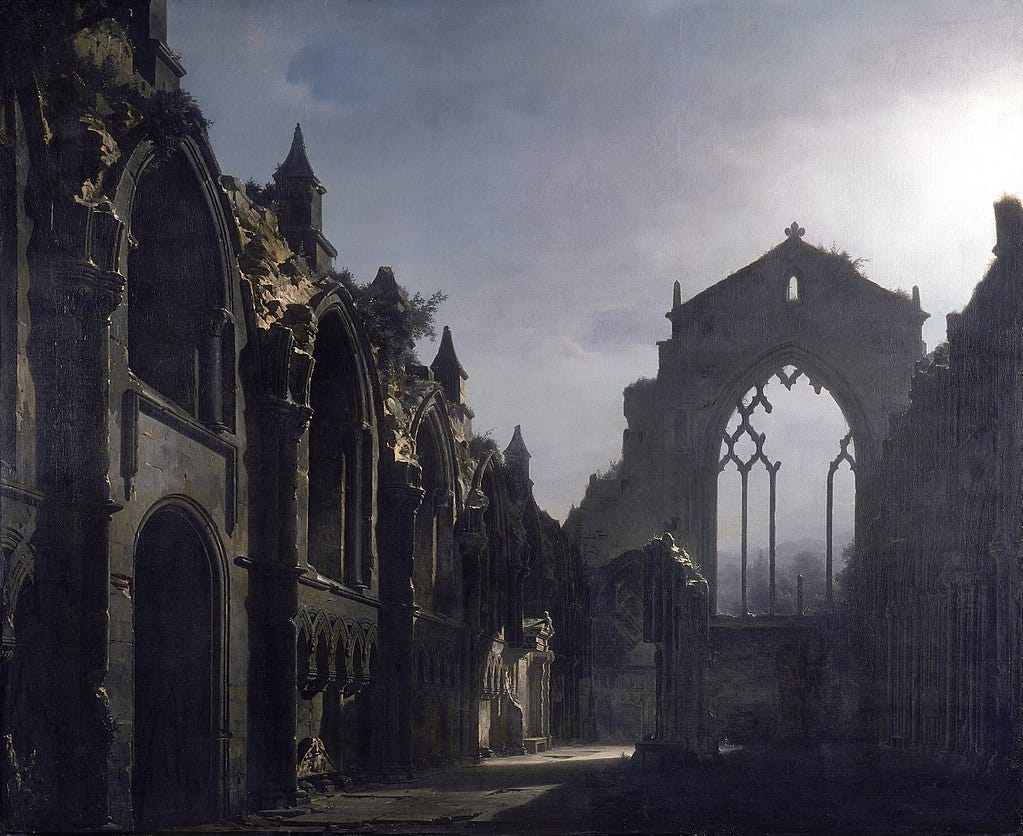Halloween is here, with fluoro green spiderwebs and plastic pumpkins in the supermarket. Not my style. But I do love stories with a Gothic, otherworldly flavour. If you’re a new reader, welcome. This Scroll brings you:
10 of the best stories for seriously delicious historical shivers, with atmospheric excerpts
a stormy story of my own
and a random offering of free e-books from other authors
There are a lot of words in this newsletter. Feel free to scroll down to whatever interests you. Or you can listen with the audio link.
Great Gothic Reads
First, my favourite creepy reads. Not all have supernatural elements, but they abound in strange old buildings and brooding darkness. (Underlined titles are out of copyright and have links to free online copies of the text.) In roughly alphabetical order by author:
1. The Woman in White, Wilkie Collins, 1859
In the moonlit countryside, at the junction of two roads, a young man is touched on the shoulder by a mysterious woman dressed all in white. And the mystery deepens from there…
2. Charles Dickens, Bleak House. 1853
Dickens’ fiction is often called realist, but an evocative vein of Gothic threat runs through several of his books. In this novel, the dark, haunted house is the institution of the law.
The raw afternoon is rawest, and the dense fog is densest, and the muddy streets are muddiest near that leaden-headed old obstruction… Temple Bar… Jarndyce and Jarndyce drones on. This scarecrow of a suit has, in course of time, become so complicated that no man alive knows what it means… Jarndyce and Jarndyce has passed into a joke. That is the only good that has ever come of it. It has been death to many, but it is a joke in the profession.
3. Charles Dickens, Great Expectations. 1860
Speaking of spiderwebs, I love the description of Miss Havisham’s wrecked hopes:
The reluctant smoke which hung in the room seemed colder than the clearer air,—like our own marsh mist. Certain wintry branches of candles on the high chimney-piece faintly lighted the chamber; or it would be more expressive to say, faintly troubled its darkness…Every discernible thing in it was covered with dust and mould, and dropping to pieces. The most prominent object was a long table with a tablecloth spread on it, as if a feast had been in preparation when the house and the clocks all stopped together… [The centrepiece] was so heavily overhung with cobwebs that its form was quite undistinguishable; and, as I looked along the yellow expanse out of which I remember its seeming to grow, like a black fungus, I saw speckle-legged spiders with blotchy bodies running home to it…
4. Charles Dickens, A Tale of Two Cities. 1859
In the darker pages of this redemptive love story, Madame LeFarge silently knits a deadly list. And ghostly footsteps, from the past and future, echo through the book:
[Sydney] Carton leaned against a window. The curtains were long and white, and some of the thunder-gusts that whirled into the corner, caught them up to the ceiling, and waved them like spectral wings.
“The rain-drops are still falling, large, heavy, and few,” said Doctor Manette. ‘It comes slowly.”
“It comes surely,” said Carton.
They spoke low, as people watching and waiting mostly do; as people in a dark room, watching and waiting for lightning, always do.
There was a great hurry in the streets of people speeding away to get shelter before the storm broke; the wonderful corner for echoes resounded with the echoes of footsteps coming and going, yet not a footstep was there.
5. Rebecca, by Daphne du Maurier. 1938
Like most of this list, Rebecca wasn’t historical when first written, although it feels that way now. When I got to the end of this sinister novel, I thought, ‘Oh my gosh, how did that happen?!’ and went straight back to the beginning to reread.
6. ‘The Yellow Wallpaper,’ a short story by Charlotte Perkins Gilman, 1892
An early feminist ‘madwoman in the attic’ classic — about perception, illness and gender relations.
7. Edgar Allen Poe, The Fall of the House of Usher. 1839.
Everything by Poe is strange and edgy, including his marriage to a 13 year old cousin!
During the whole of a dull, dark, and soundless day in the autumn of the year, when the clouds hung oppressively low in the heavens, I had been passing alone, on horseback, through a singularly dreary tract of country, and at length found myself, as the shades of the evening drew on, within view of the melancholy House of Usher…
8. The Invisible Life of Addie La Rue, by V.E. Schwab. 2020.
An eighteenth century French woman makes a pact with the devil, to gain freedom and immortality. But it’s at the cost of being forgotten by everyone she meets. I didn’t like the very end, but the rest of it was excellent. Bitter-sweet and sometimes romantic.
A girl is running for her life.
The summer air burns at her back… the distant lanterns of the wedding party, the reddish glow of the sun as it breaks against the horizon, cracks and spills across the hills, and the girl runs, skirts tangling in the grass as she surges towards the woods, trying to beat the dying light.
Voices carry on the wind, calling her name.
Adeline? Adeline? Adeline!
9. Macbeth, by William Shakespeare. 1606
Nobody beats the witches on the heath as the embodiment of moral chaos and danger.
“Fair is foul, and foul is fair:
Hover through the fog and filthy air.”
10. Alfred, Lord Tennyson, The Lady of Shalott. 1842
There she weaves by night and day
A magic web with colours gay.
She has heard a whisper say,
A curse is on her if she stay
To look down to Camelot.
She knows not what the curse may be,
And so she weaveth steadily,
And little other care hath she,
The Lady of Shalott.
11. Oscar Wilde, The Picture of Dorian Gray. 1891.
The portrait of a man ‘who looks like he was made out of ivory and rose leaves’, ages to reflect the degeneration of his soul. To modern tastes, Wilde’s salon chatter about art and life gets wordy, but it’s brilliant.
“How sad it is!” murmured Dorian Gray with his eyes still fixed upon his own portrait. “How sad it is! I shall grow old, and horrible, and dreadful. But this picture will remain always young… If it were only the other way! If it were I who was to be always young, and the picture that was to grow old! For that—for that—I would give everything! I would give my soul for that!”
“You would hardly care for such an arrangement, Basil [the painter],” cried Lord Henry, laughing. “It would be rather hard lines on your work.”
Hold on, you’re thinking. She said ten. That’s eleven stories.
I know. Listicles are almost always ten. But for Halloween, I’m messing with you. ;)
Why do I love these dark tales? I think it’s the sense that there is more to the world than it seems, that more is at stake than we imagine…
I hope these images and excerpts have sent pleasant shivers down your spine. Any ideas to add to this list? What are your favourites?
New Short Story
Last month I promised a new story of my own, just for you, dear subscribers. I’ve got one. And it’s Gothic! But it would make this post too long. What to do? Here’s the beginning. If you like it, click the heading or the link for the rest.
A merchant seeking his fortune finds unexpected company as the tide turns…
Ahead of him, the woman on the rocks was paddling her feet, although the sky was wintry and sea spray gusted across the beach. Her cloak was the inky brown of seaweed, and it washed back and forth round her ankles in the rock pool. She was strange. But she was striking – lithe and slender, with a damp silver sheen on her wild, high cheekbones. And she was watching him approach.
His boots crunched the iron grit below the tide mark. The leather of his left sole had split, corroded by salt and misadventure. The split leaked, and his stocking was already sodden. He had denied himself a new pair – let him suffer for his mistakes. He had other purposes for what was left of his money…
FREE Ebook offers
Here’s an array of extra free reads for you. Weirdly for a Halloween promotion, most of the books look light and fluffy. (Which can be fun although it’s mostly not what I write). A caution: several are only sample chapters so they’re not really free books exactly — check the blurbs.
If you like WWII novels, The Roses Underneath looks to be a well-written read. White Oak Plantation is also a historical novel, based on a true story of American slavery. ‘Written on the Wind’ is a short story about a boy and a bull in Spain, in 1567.
How it works: on this page, click on the cover images to read the blurbs. Enter your email address and you’ll receive an email with a link. You can read online, or download to Kindle.
Until next time, I leave you in the eery world of the Gothic…

